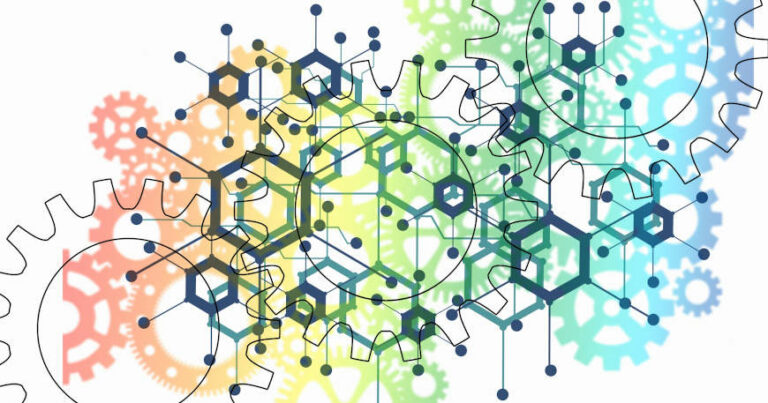
Are you curious about the world of new modern technologies? Everyone talks about Blockchain technology. But there is this other term DLT. Hence, we look at Blockchain vs. Distributed Ledger Technology.
These two terms are often used interchangeably, but they actually have some key differences. In this blog post, we’ll break down the nuances between blockchain and distributed ledgers, exploring how they work, their applications, and why they’re both important in today’s technological landscape.
So grab a cup of coffee and get ready to dive into the fascinating world. Keep reading about distributed ledger vs. blockchain to learn more about this!
- 1. What is Distributed Ledger Technology (DLT)?
- 2. Distributed Ledger vs. Blockchain: Are they the same?
- 3. How do Blockchain and Distributed Ledger Technology Work Together?
- 4. Benefits of Distributed Ledger Technology
- 5. Types of Distributed Ledger Technology
- 6. Distributed Ledger vs. Blockchain Use Case Comparison
- 7. Key Takeaways
- 8. FAQ
What is Distributed Ledger Technology (DLT)?
Distributed Ledger Technology (DLT) is like a special kind of computer system that keeps track of information in a safe way. Instead of just one person or company having control, it’s spread out so no single person can mess with it.
The most famous example of DLT is called “blockchain”. Many people ask “What is blockchain?” because it’s a new and exciting idea. And according to the Gartner blockchain hype cycle, this technology is about to rise high. Actually, there is no blockchain vs. distributed ledger. To find out more, consider reading our introduction to DLT (distributed ledger technology) first to understand this in more detail.
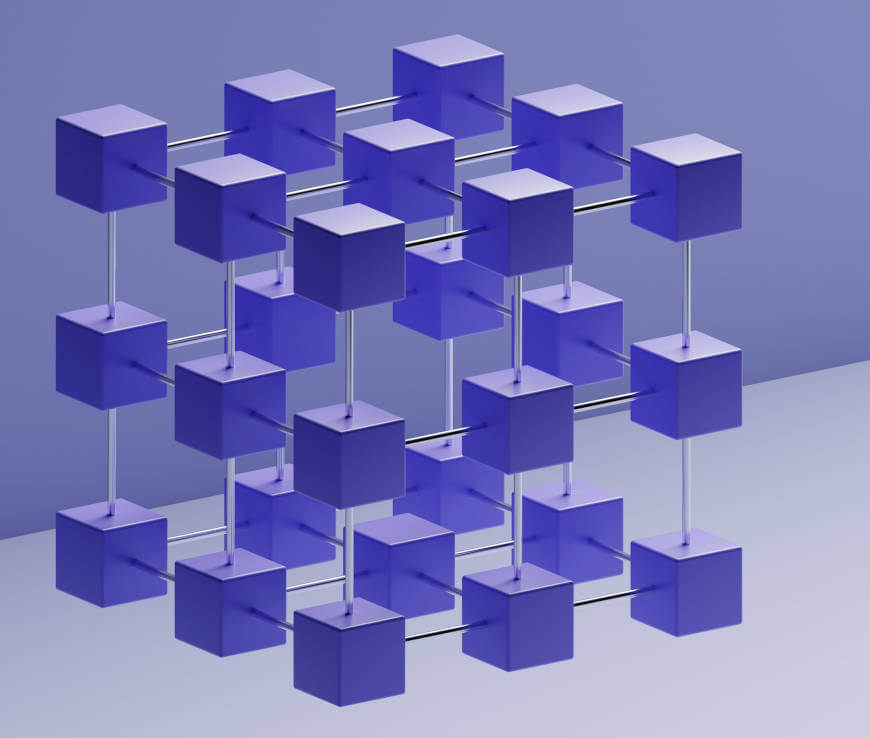
Anyways, Banks and other money-related businesses are starting to use DLT because it helps them keep track of things better. This tech also leads to new ways of handling money that are safer and easier to check. As a beginner, you could also consider looking at our distributed ledger technology tutorial to master the basics of DLT. But, we’ll talk more about how DLT is used later in this post.
Our Distributed Ledger Definition
A distributed ledger is like a digital diary. It saves information on many computers in different places instead of just one spot. Every computer, called a node, has a copy of the ledger, known as the identical copy of the centralized ledger, and updates it on its own. This way, everyone can see the changes, and it makes the system more open and efficient.
Each computer in this system has the same power to make decisions. This is different from other systems where one main computer controls everything. With distributed ledgers, once something is saved, it can’t be easily changed. Also, if more computers want to join, it’s easy to add them.
To add something new to the diary, all the computers have to agree. Once they do, every computer updates with the new information. What is a distributed ledger? Now you know.
The key factors of a Distributed Ledger: Decentralization & Consensus Algorithm
Here are the key factors of a distributed ledger:
- Decentralized & Updated in Consensus: Everyone who uses the ledger has their own copy. When a change is made, everyone’s copy is updated. This means all copies are the same.
- Secure: Changes to the ledger are checked by everyone. This makes sure no one is cheating or making a mistake. If most people agree that the change is correct, then it’s added to the ledger.
- Transparent: Since everyone has a copy, all users can see all the entries. This makes it open and honest.
- No Central Control: There isn’t one single person or company in charge of the whole ledger. It’s run by the group, which means no one can easily change or control it unfairly.
- Permanent Record: Once something is added to the ledger, it can’t be erased. This creates a history that can always be checked and verified.
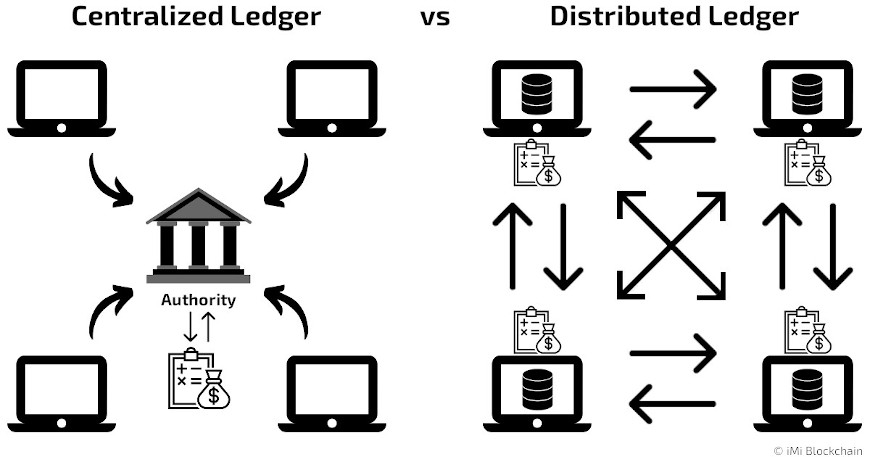
Share this Image on Your Site:
Distributed Ledger vs. Blockchain: Are they the same?
Think of blockchains and distributed ledger technology (DLT) like games and sports. All sports are games, but not all games are sports. In the same way, all blockchains are a kind of distributed ledger, but not all distributed ledgers are blockchains.
Both blockchains and DLTs are like online systems that many people can use and see on the internet. But they have some differences. It’s like how smartphones and computers are both machines you can use to go online, but they’re not the same thing. Every smartphone is a type of computer, but not every computer is a smartphone. However, for DLT to be effective, it requires widespread adoption. Many industries and organizations may be hesitant to adopt new technologies due to security concerns, which can pose a risk of a single point of failure for users and investors.

One of the key advantages of DLT, being a decentralized system, is its ability to create a secure and tamper-proof digital identity for individuals on the internet. This technology can provide a reliable way to verify identities and prevent identity theft. However, a potential disadvantage of DLT is the lack of regulation. As DLT is a decentralized technology, it operates outside the control of any centralized authority, making it difficult to hold accountable for any wrongdoings or fraudulent activities on the network.
So, even though blockchain vs. distributed ledger might seem similar, they have important differences. We’ll learn more about them as we keep exploring!
What is the difference between blockchain and distributed ledgers?
Distributed ledger and blockchain are ways to store information, but they do it differently. Think of them as two different types of notebooks. One might have rules about who can write in it and in what order, while the other has different rules. They also have different structures or designs.
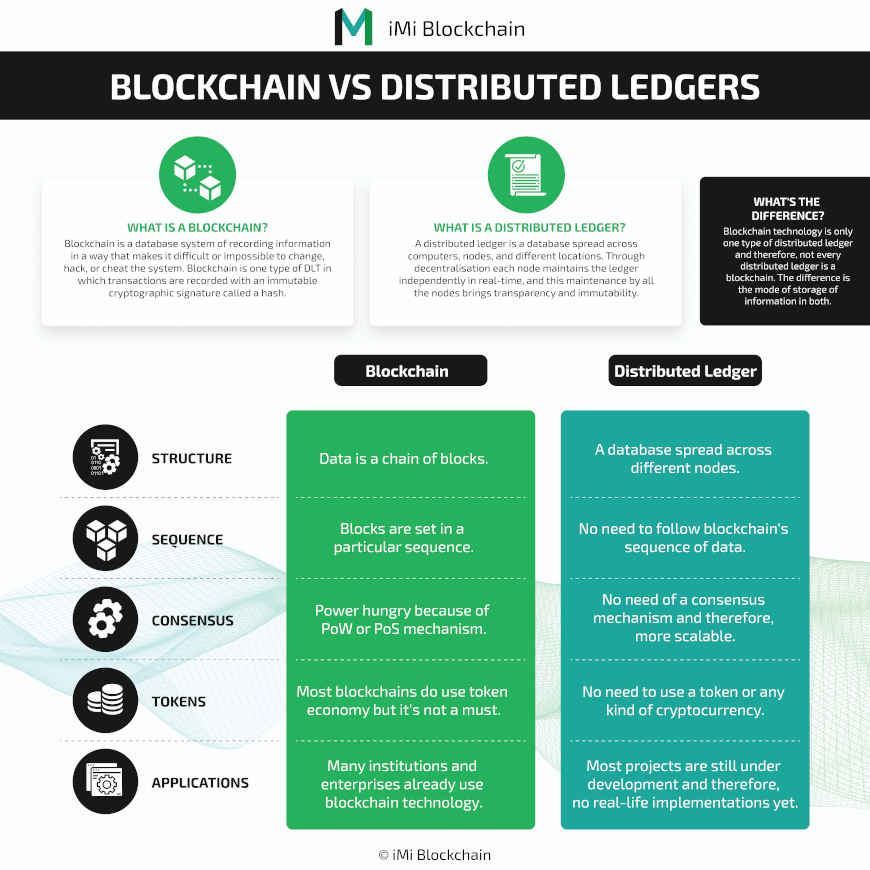
Share this Image on Your Site:
So how does Blockchain differ from DLT?
Before diving deep, let’s first understand what blockchain is. If you want more info on this, check out our blog. But to keep it simple: imagine blockchain as a special kind of diary. Every time you write a page (or fill a block with data), you seal it with a special sticker (cryptographic signature).
When one page is full, you attach it to the previous page, making a chain of pages. This process of attaching pages and creating a chain is similar to the concept of proof of work (PoW), which is the consensus mechanism used in the Bitcoin blockchain. Proof of work, also known as “pow,” involves miners competing to solve complex mathematical problems to validate transactions and create new blocks within a certain amount of time. By incorporating proof of work, blockchain ensures the security and immutability of the network. However, there is an alternative consensus mechanism called proof of stake (pos) that aims to address the energy consumption and scalability issues associated with proof of work.
Now, there’s another term: DLT, which stands for decentralized ledger technology. All you need to know is that every blockchain is a type of DLT, but not all DLTs are blockchains. Think of it like squares and rectangles – all squares are rectangles, but not all rectangles are squares.
Key Differences: Blockchain vs. Distributed Ledger

- How They Store Data: In a blockchain, data is stored in blocks, like pages in a diary. DLTs use a more regular system, like a usual computer file.
- Order: In blockchains, the blocks (or pages) have a strict order. DLTs don’t always need that order.
- How They Agree: Both DLTs and blockchains have a system to make sure everyone agrees on what’s written. But blockchains usually have a more detailed system, using either a “Proof-of-Work” or “Proof-of-Stake” method.
- Tokens: Only blockchains, like the systems behind Bitcoin and Ethereum, have something called tokens. Think of these like special coins or stickers that make the system even cooler.
- Where They Are Used: Many businesses are starting to use both. But right now, blockchains are popping up everywhere, from banks to hospitals.
In short, both are like the new cool gadgets everyone’s talking about. While they might seem similar, they have their unique features.
How do Blockchain and Distributed Ledger Technology Work Together?

Blockchain and distributed ledger technology are like two buddies that often work together. Think of blockchain as a special kind of database, similar to a distributed database. When data in this database changes, everyone in the computer network sees the update. It’s like when you make a change in a shared document, and everyone who has access to that document can see the change you made. The key difference between a blockchain and distributed ledger technology is that a blockchain can exist without a centralized authority or server managing it. This means that the data quality of a blockchain can be maintained by database replication and computational trust, rather than relying on a centralized authority.
In the context of blockchain and distributed ledger technology, the transactions are recorded, shared, and synchronized in their respective electronic ledgers across different locations and people. Each participant node of the network updates itself independently, ensuring that an identical copy of the ledger is replicated and saved. Distributed ledger technology uses cryptography to create a secure database in which data once stored cannot be altered or changed. The rules of the network, written into the coding of the database programming, govern the ledger.
Benefits of Distributed Ledger Technology
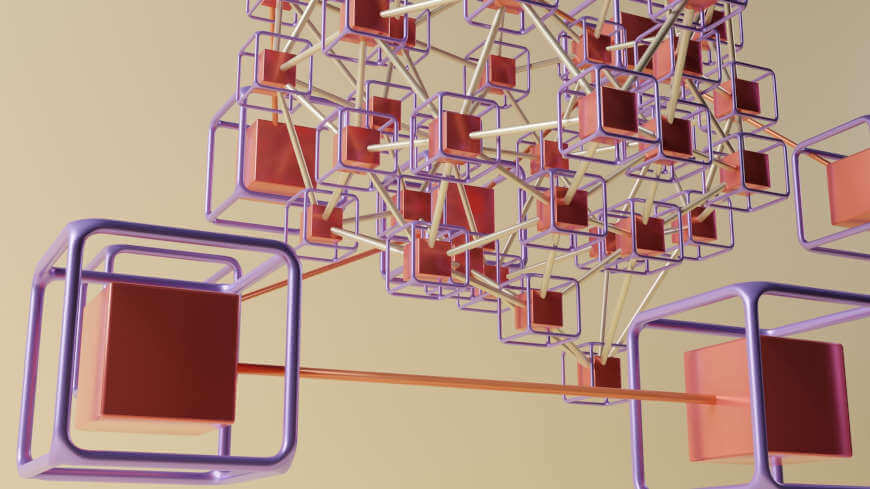
Distributed ledger technology (DLT) has many benefits. Why? Because it makes it easy for people to trust, share, and secure information without needing a central authority or middleman. It’s like a shared, super-safe notebook that everyone can trust and use! Now, why is this notebook?
1. Trustworthy
Everyone has the same copy, so if someone tries to cheat or change something sneakily, others will notice because their copy will look different. So, it’s hard for anyone to lie or cheat.
2. No Middleman
Think about when you play a game of telephone in school; you tell a friend a message, and they tell another friend, and so on. By the end, the message might be all mixed up! With the distributed ledger, everyone sees the same message, so there’s no need for a middleman, and the message stays clear.
3. Secure
It’s like a puzzle. If you want to add a new piece, it has to fit perfectly with the other pieces. If it doesn’t fit, it can’t be added. This means that the information is super safe and can’t easily be tampered with.
4. Transparency
Since everyone has a copy of the notebook, everyone can see what’s written in it. This means that all actions are open for everyone to check and confirm.
5. Hard to Destroy
Imagine if you had a precious photo. If you had many copies of it spread around, it would be tough to lose or destroy it. The same goes for the distributed ledger. Since many people have a copy, it’s hard to lose the information or destroy it.
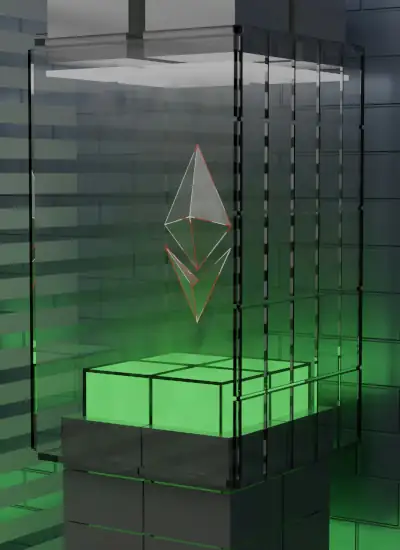
Unlock Your Business Potential with Certified Blockchain Consulting!
Dive into the future of technology with our team of certified blockchain experts. Simply pick the service you need:
Personalized Advice – tailored to your business needs.
Comprehensive Training – for you and your team.
Development Services – innovative solutions from the whitepaper to the finished blockchain.
Programming – with capabilities and tools to succeed.
TALK TO THE EXPERTS TODAYTypes of Distributed Ledger Technology
Because it is like a shared digital notebook. Everyone can see the entries, making it transparent. It’s secure because everyone checks the data. This means fewer errors, faster transactions, and no need for a middleman. It can also save money and reduce fraud.
There are 4 main kinds of distributed ledger technologies (DLT). These are systems that help store information across many computers. Here’s a simpler explanation of each type:
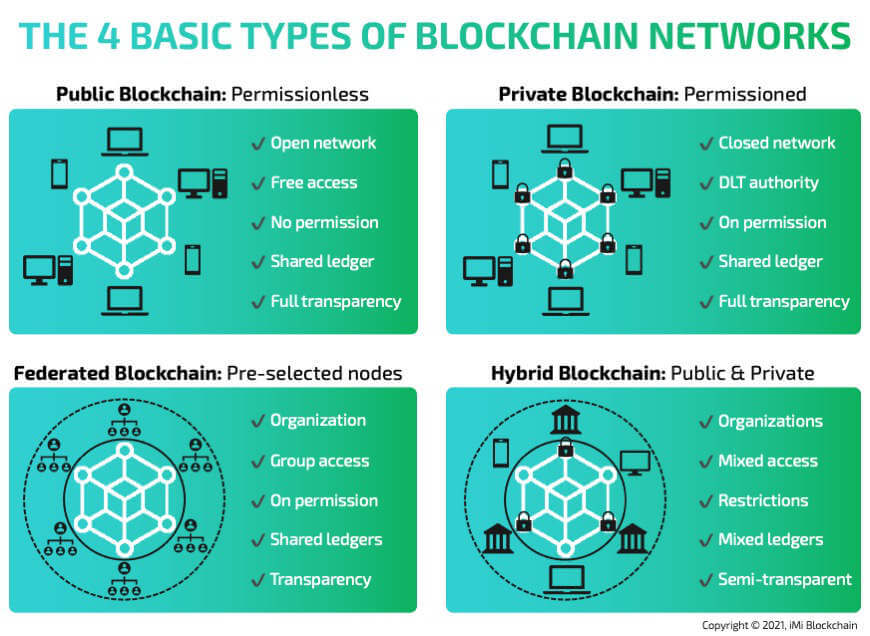
Share this Image on Your Site:
Distributed Ledger vs. Blockchain Use Case Comparison
The table you see shows the differences between two things: distributed ledger technology (DLT) and blockchain technology, such as Hyperledger Fabric. Remember, blockchain is a kind of DLT. This means that almost everything you can do with blockchain, you can also do with IBM DLT solutions, including supply chain management. But what makes them different is how well they fit different jobs in various industries, such as the financial sector and healthcare.
The examples shown aren’t all the possible uses for these technologies. Over time, people find new ways to use them.
Comparison Table
| Use Case | Blockchain | Distributed ledger |
|---|---|---|
| Tax Collections | YES | YES |
| Recording Land Registries | NO | YES |
| Digital Passport Issuance | YES | YES |
| Cryptocurrencies | YES | NO |
| Voting Systems | YES | YES |
| CBDCs | NO | YES |
| Smart Contracts Creation | YES | NO |
| Non-Fungible Tokens | YES | NO |
Blockchain vs. Distributed Ledger use case Examination
Let’s talk about two computer things: DLT and blockchain. People compare them, but they’re used for different stuff.
Tax Collection
Collecting taxes is hard for many countries. Some countries don’t do it well, while others aren’t very clear about it. Both DLT and blockchain can help make tax collecting better by being open and clear.
Land Records
When you buy a house or land, there’s a record of it. DLT is better for keeping these records. That’s because with land, details might change often, and DLT is good at handling that. Blockchain, which doesn’t change much, isn’t as good here.
Digital Passports
DLT and blockchain can both keep our digital passports safe. It’s like a special lockbox for our info.
Digital Money like Bitcoin
Blockchain is really good for things like Bitcoin. It has special security that’s perfect for this. DLT is okay, but blockchain is the best fit.
Voting
Imagine voting on your computer. Both DLT and blockchain can help make voting online safe and clear. Some places, like Russia, are thinking about it.
CBDCs
Some countries are making their own digital money, kind of like Bitcoin but different. They like using DLT for this. That’s because while they want it to be open, they also want some control. DLT lets them do that.
Smart Contracts
Smart contracts are like computer promises. They work best on blockchain.
NFTs
NFTs are like special stickers online that say you own something, like art or music. They work best on blockchains, like the one Ethereum uses.
To sum it up, both DLT and blockchain are cool computer tools. Depending on what we want to do, one might be better than the other!

Unlock the Code: Master Blockchain Programming!
Dive into the world of decentralized technology with our comprehensive online programming courses. Learn at your own pace and get:
Access – to expert instructors.
Interactive – coding exercises.
Vibrant – community of like-minded learners.
Certified – receive your recognized diploma.
ENROLL TODAY AND TRANSFORM YOUR FUTURE!Key Takeaways
There is no Blockchain vs. Distributed Ledger, they are a lot alike, but with small differences. Think of it like this: all Blockchains are Distributed Ledgers, but not all Distributed Ledgers are Blockchains. It’s a bit like saying all squares are rectangles, but not all rectangles are squares!
If someone is building something and they need to decide between using Blockchain or another kind of Distributed Ledger, they have to think about what problem they’re trying to solve. Depending on their needs, one might be better than the other.
Need help figuring it out? Talk to our experts for free and get some advice!
Learn DLT!
DLT Trainings in small Classes
DLT Webinars & Tutorials
Certified DLT Courses
Get free DLT Tips!
Get monthly tips on how DLT can help your business.
On top, you’ll get our free blockchain beginners course right away.
FAQ
Is blockchain decentralized or distributed?
Think of blockchain as a digital notebook that many computers around the world share and update. Instead of one boss’s computer keeping everything safe, all the computers work together to take care of the notebook. This way, everyone helps keep the information trustworthy and safe.
Why is it important that blockchain have a distributed ledger?
A blockchain is like a special kind of diary where everyone has a copy of the same page. This diary is called a distributed ledger. It’s important for blockchains to have this so everyone can agree on what’s written and make sure no one cheats. This way, no single person or group has full control, which makes it fair for everyone.
What is an open ledger?
An open ledger is like a public notebook that anyone can see and use. In certain businesses, it’s like a new kind of online system where people can exchange things like digital money without a middleman. Some experts in the field are promoting this as a newer version of something called “blockchain,” which helps people do these exchanges safely and openly.
What is DLT in Healthcare?
Distributed ledger technology (DLT) in healthcare is like a shared digital notebook where medical information is stored safely. Instead of one person having the notebook, many people have copies and can check each other’s notes. This ensures that the data is correct, safe, and not changed wrongly. It can help doctors and patients share and trust health information better.


